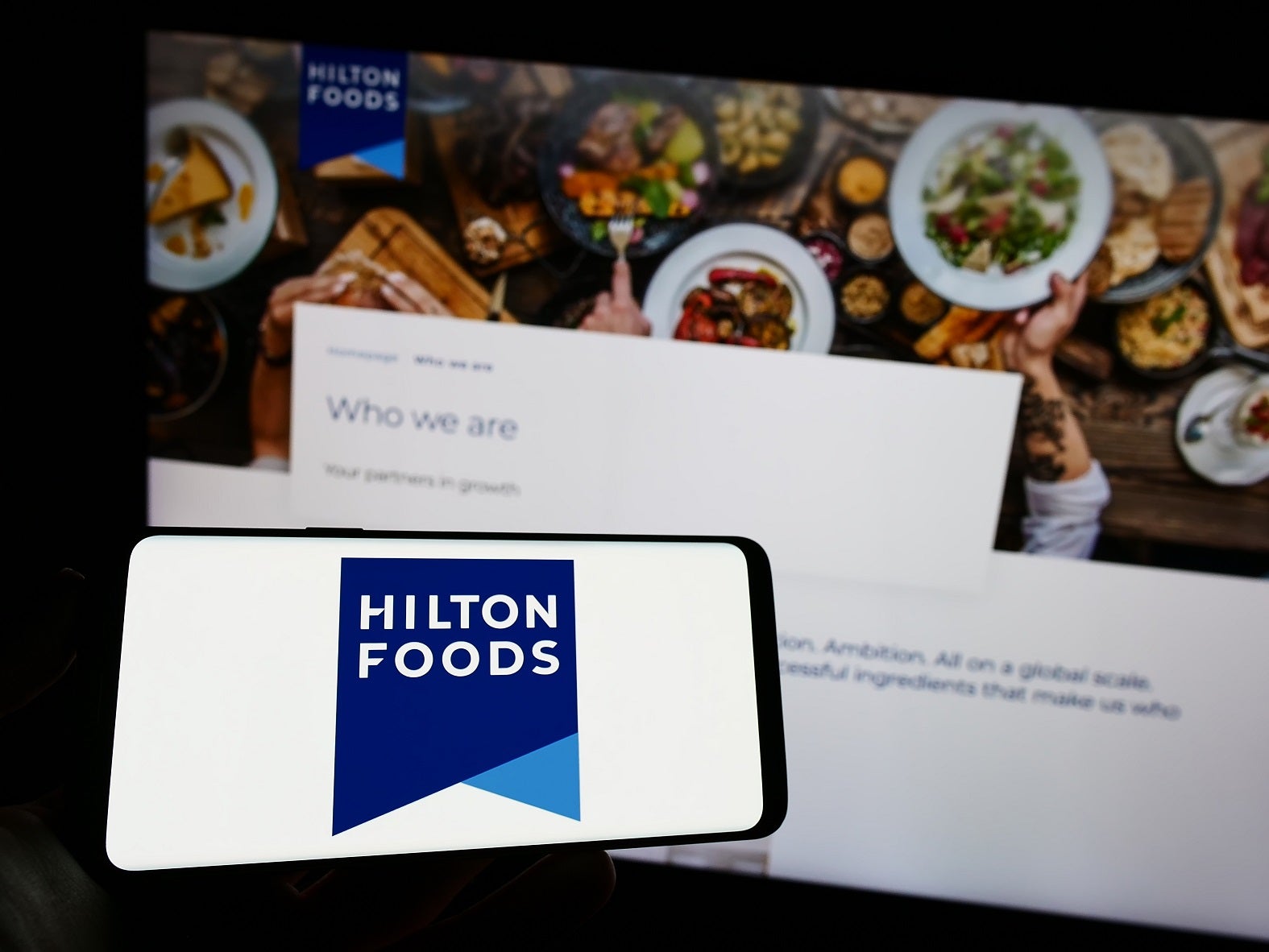
Hilton Food Group is consolidating its factory operations for meat-alternatives as a proactive measure against the “market restructure” in the category.
The London-listed and private-label protein-centric business plans to close its Dutch facility in the city of Oss and move production of meat-free sausages, chicken and burgers – marketed internationally – to Hilton’s remaining site in the country based at Oosterhout.
CEO Steve Murrells, who recently replaced Philip Heffer at the helm, suggested the decision is a strategic move as the company issued a trading update today (7 September) for the 28 weeks to 6 July.
“It was absolutely the right thing for us to reflect the short- or the mid-term effects of demand and being in good shape going forward,” Murrells told Just Food as Hilton also reported an ongoing recovery in its seafood business, which Heffer said in April had been hit by a “perfect storm”.
At the time, Heffer, who is now an advisor to the board, acknowledged the meat-alternatives category was going through a reset.
Murrells said the factory consolidation will bring “efficiencies” into 2024 so that Hilton is in “good shape to move forward in what is a small part of our business but actually an important part in the sector”.
He added: “There is no doubt, and this is different to seafood, that there is a market restructure that’s taken place, as is always the case in these new ventures, very much driven by fast adopters.
“But as customers became more mainstream their expectations on price, on value and on taste have really increased, and as such, that’s seen the market start to retract during 2023.
“If I compare our volume decline to the market volume decline, we are ahead of the volume market decline, but nonetheless, it is a decline that we’re seeing.”
“Hyperinflation” in salmon
Murrells said the “solid” results issued today follow a “challenging” 2023, characterised by “hyperinflation” in salmon.
Announcing annual results in April, Hilton said seafood had weighed on the company’s adjusted operating profit, which fell 3.3% for the year, and pledged to make fixes with a new management team in place to oversee the category.
That metric was up 1.4% in the current reporting period at £41.8m ($52.1m), based on group revenue of £2.1bn, a price-driven increase of 5.2%.
Murrells said today: “The much talked about seafood recovery is absolutely on track. We had an ambition to get that business back to operating profit at the year-end and at the half year we are exactly in the right place to do that.
“The main issue that we were dealing with was the hyperinflation in the salmon sector and we weren’t progressing as fast as we needed to pass those costs back through to our main customers. That’s now been resolved, that inflation has been recovered, and importantly, the inflation for this year has already been agreed.”
Hilton has “put in a programme of automation” to boost efficiencies in seafood and streamlined the product range because Murrells said the company had a “very long tail and very inefficient tail”.
He added: “We’ve been able to focus on a much smaller product mix and we’ve made some key changes to the management team, who have really gripped the challenges, along with the implementation of the automation, which I think is unlike any other fish operation in the UK now.
“Working with our partners we focused on less is more. I think we’re now in agreement that a much tighter catalogue of products is best for us and best for them.”
Hilton also pointed to higher interest expenses weighing on the bottom line as adjusted profit before tax fell 22.2% to £26.8m. Group volumes across categories were up 0.2%.
Murrells provided a flavour of the inflation outlook as pressures abate, with energy and packaging “falling away quite rapidly” but with some raw material costs still elevated.
“Those difficult inflation conversations of 2022 are becoming less complicated and difficult. Both the conversations and negotiations have already been agreed for 2023 across fish and our red meat business.
“There is considerable opportunity to do more with the partners that we have, and to expand the unique catalogue of protein products that we’ve got across our international footprint.”
